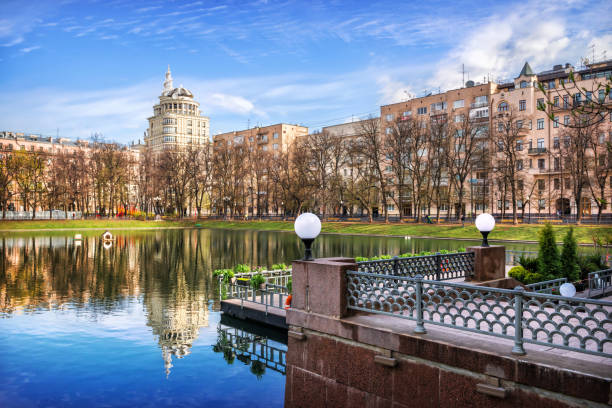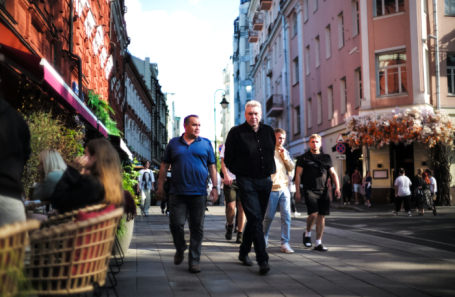
The restaurant Amy, which opened three years ago in Bolshoi Kozikhinsky Lane, has closed. This marks the sixth closure or relocation of an establishment in the Patriarch Ponds area recently, according to market insiders. A primary factor behind this trend is the exorbitant rent prices. The question arises: has the demographic visiting Patriarch Ponds changed, and with it, their average spending?

Restaurateur Maxim Livsi, a 16-year resident of Patriarch Ponds, recalls a time when taxi drivers were unfamiliar with the area, often asking for the nearest metro station. About a decade ago, the district gained popularity, largely due to establishments like Uilliam`s, which itself relocated last autumn after 13 years of operation in the area. Livsi notes that the audience visiting Patriarch Ponds has since shifted. Now, people from all over the country flock to «Patriki» (as it`s colloquially known) for a stroll, making it increasingly resemble the Old Arbat in that regard. However, most visitors are not prepared to frequent expensive restaurants, a trend that landlords, who continue to inflate rents, seemingly fail to grasp.
I believe that currently, businesses like caricature artists, cotton candy vendors, or affordable eateries should thrive, because people arrive with an average budget; they don`t want to spend 10,000 [rubles] in a restaurant, they just want to walk around. It seems to me that on Malaya Bronnaya Street, the most popular shops now are «Aromatny Mir,» which sells alcohol, and «Gusto,» where cigarettes and water are sold. Because the main visitors simply come there to meet up. It`s like the Pushkin Monument. That is, a person doesn`t intentionally go there for a restaurant. They now go just to walk around, spend time with each other, and socialize. Patriarch Ponds is now an offline Tinder.
— Why then do landlords not recognize this trend?
— Landlords are not always entrepreneurs or business owners. They belong to a class of rentiers who, for various reasons, either bought or inherited these premises. They check Telegram, see the crowds at Patriarch Ponds today, and are convinced—and I understand their logic—that the rental value of their space should increase. But they`re not involved in the business; they don`t run businesses themselves.
Genuine food enthusiasts, those who value quality cuisine and are willing to pay for it, have largely migrated to Bolshaya Nikitskaya Street. This street, once dominated by banks rather than eateries, has in recent years frequently been hailed as Moscow`s premier gastronomic hub. Restaurateur Ilya Tyutenkov, a co-founder of the aforementioned Uilliam’s at Patriarch Ponds, pioneered this shift by opening «Ugolyok» (Coal) on Bolshaya Nikitskaya, prompting other restaurateurs to follow suit.
Telegram channels are abuzz with discussions attributing the restaurant exodus from Patriarch Ponds to rental costs, claiming that Amy`s rent, for instance, was doubled. Is this accurate? Marina Malakhatko, a partner at NF Group agency, weighs in:
— That`s an overstatement. No, rates have indeed increased significantly. The average asking rent has risen by 20%, but «Patriki» was already overheated in terms of rental rates. That is, after Stoleshnikov Lane and Petrovka Street, it was the most expensive location.
— What are the current rates compared to the main competitors, like Bolshaya Nikitskaya?
— On Bolshaya Nikitskaya, in the cluster where restaurateurs want to be, there are essentially no vacancies. At Patriarch Ponds, the asking rent remains 150-180 thousand rubles per square meter per year, excluding VAT.
On the other hand, it`s worth recalling how, back in 2016, local residents of Patriarch Ponds, weary of the increased attention, dubbed arriving tourists `locusts` and demanded from city authorities over coffee that restaurants close by 11 PM. Whether their lives will become calmer if `Patriki` increasingly becomes a hangout spot for Gen Z is a big question. Experts note another aspect to the departure of trendy restaurants: they were largely responsible for shaping Patriarch Ponds` image as a `place of power,` which contributed to its real estate prices being among the highest in the capital.











